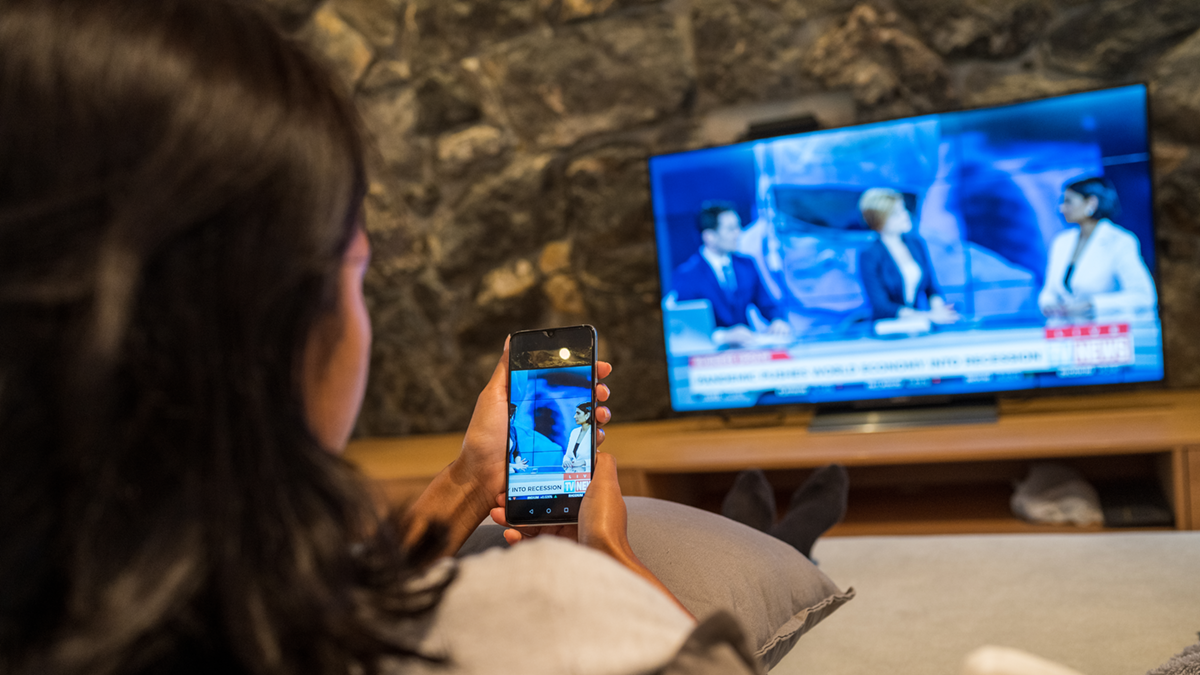Applying the lessons of broadcasting to digital signage
Though only recently introduced, digital signage applications can benefit from decades of content and technology expertise developed by the broadcast industry. Digital Signage Update spoke with David Wilkins, president & CEO of VertigoXmedia, a Montreal-based provider of digital signage solutions, about how narrowcasters can apply the lessons learned by broadcasters.
Digital Signage Update:Like many solution providers in the digital signage marketplace, your company’s heritage is providing solutions to broadcast TV networks. How does that help you serve your new narrowcasting customers?
David Wilkins: Looking at digital signage, it’s starting to look a lot like what's been done by broadcast networks for many years now. [Narrowcasters] now are confronting the same challenges. Many companies approach digital signage from an IT [information technology] perspective, but we’re encouraging customers to understand the whole idea of centralized content management, developing content with live data feeds, and being able to update that rapidly. With bigger applications involving many displays, digital signage is starting to look like centralcasting.
DSU:What’s different about digital signage vs. broadcasting?
Wilkins: The customers are different. A big network like NBC knows what it wants to do and has been doing it for a long time. Digital signage is new, so everybody coming into it doesn’t have the same kind of experience. And the business model is totally different. Network TV is based around advertising; digital signage may be advertising, but it’s a different type of advertising, and the business models are still being fleshed out. Whoever gets that business model right will really be in the lead.
DSU:What are promising examples of effective digital signage applications?
Wilkins: There are some interesting test cases – Wal-Mart TV is a great model. They’re selling advertising on the screens in their stores. There’s a big opportunity to change the way they make money – a potential source of new revenue. With the retail model, multiple stores linked together, that’s a captive market. A lot of advertisers are going to be willing to pay to reach that in-store audience.
The professional video industry's #1 source for news, trends and product and tech information. Sign up below.
DSU:Consumers today are bombarded by a constant stream of advertising and information. It’s harder than ever for marketers to get their messages seen and heard. Doesn’t digital signage add to the clutter?
Wilkins: Overload is a danger, and something to keep in mind. But at the same time, digital signage is a solution – because it brings the message closer to the level of the sale. You hit them in the store, and they’re in a position to act on that message. It’s more targeted, so [consumers can] take advantage of the whole point-of-purchase opportunity.
